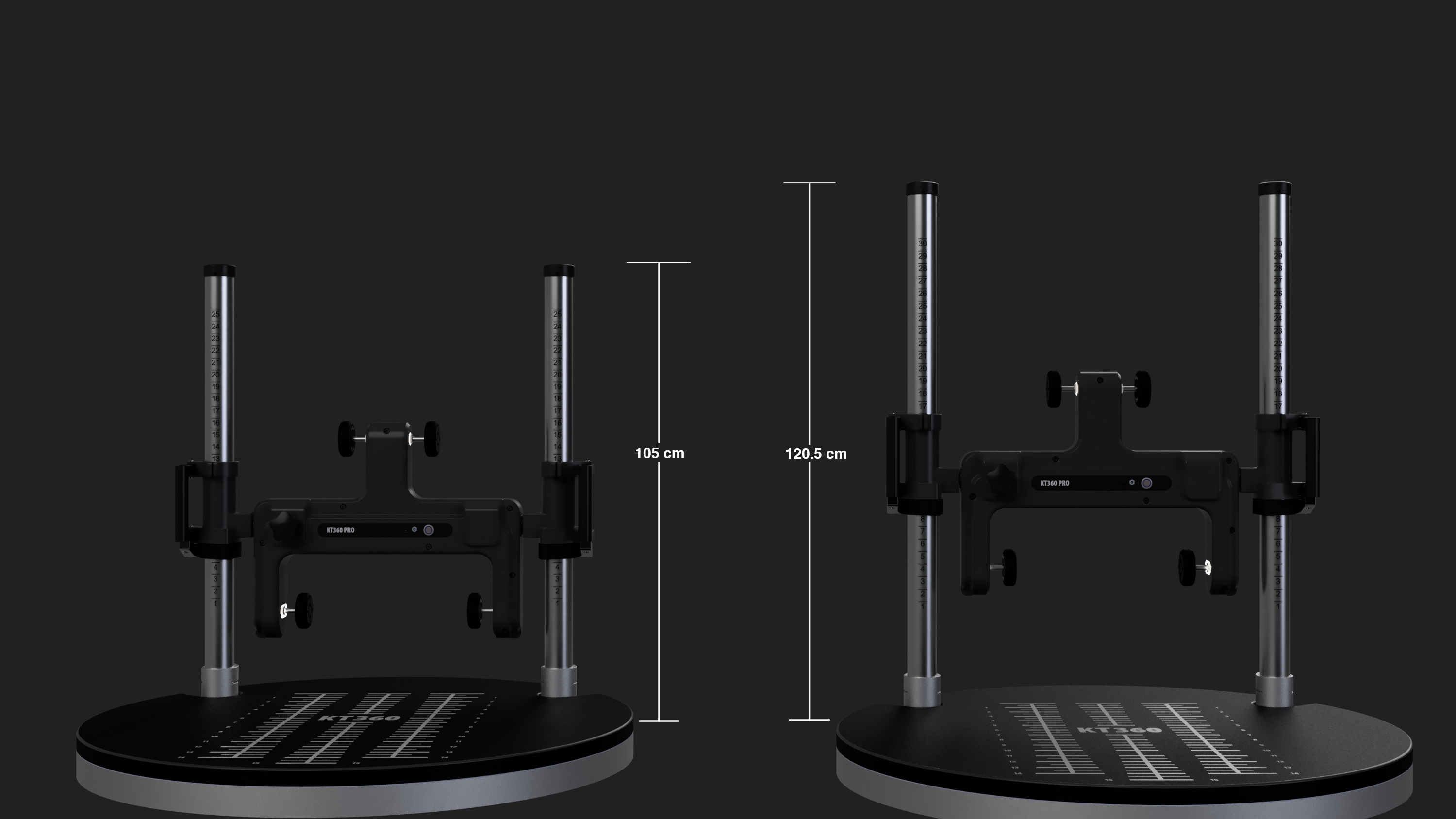At KangaTech, we are dedicated to collaborating closely with our user community to tackle their challenges head-on, ensuring we develop effective testing and training solutions together.
Furthermore, we want to delve into one of our most popular protocols, the Ankle Plantar Flexion protocol.
Ankle Plantar flexion is a test of calf muscle strength, control and endurance. Several protocols have been specifically designed to differentially test the Gastrocnemius and Soleus muscles that are a part of the calf muscle complex. During walking, running, and jump/landing tasks, these muscles play different roles in controlling and generating powerful movements. In doing so, they contribute to the loading of the entire lower limb and can affect loads on more proximal joints.
To ensure reliable execution of this protocol, begin by testing one foot at a time. Set the forefoot and midfoot posture correctly by spreading the toes, pressing the plantar pads into the mat without clawing, and lifting the navicular bone to achieve subtalar neutrality. Maintain this posture while gradually lifting the heel and increasing pressure through the balls of the foot to engage the muscles effectively. Monitor for fatigue in the calf and foot arch to confirm proper muscle activation. Building up to maximum force over 5 seconds ensures controlled strength development and minimises injury risk. Consistent adherence to these cues is crucial for accurate assessment of Ankle Plantar Flexion.
Ankle plantar flexion exercises, which involve pointing the toes downward, are highly beneficial for addressing various injuries and conditions, including calf muscle injuries. These injuries primarily affect the two main plantar flexors: the soleus and the gastrocnemius. Soleus injuries are commonly linked to steady-state running in locomotive sports, while gastrocnemius injuries typically occur during explosive movements such as acceleration and jumping (Green, 2020; Meek et al., 2022). Additionally, these exercises support the recovery of Achilles tendonitis and ruptures by strengthening both the calf muscles and the Achilles tendon.
While working with organisations across the NBA, it became apparent that KT360 had some limitations when screening Ankle Plantar Flexion with some of the taller players. Alongside one of our NBA customers, we have carefully redesigned a larger post option. This enhancement enables practitioners to reliably test seated isometric calf strength even with the tallest NBA players while upholding the structural integrity of KT360. Additionally, the number markings on the longer posts have been extended from 25 to 30

If you would like to delve deeper into our suite of protocols and explore how they can benefit your organisation, please contact our VP of Customer Success at james.evans@kangatech.com
